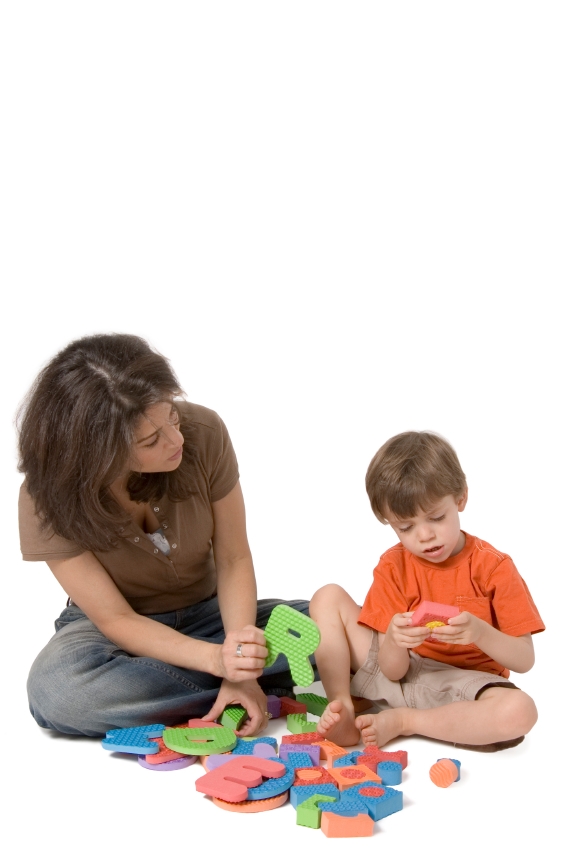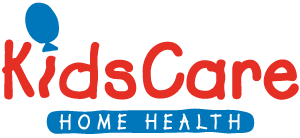
Most everyone would agree that the ability to communicate is a basic human function, but the definition of communication can sometimes be unclear. While most think of verbal speech when they think of communication, the act of communicating with others actually includes a vast group of actions. Communication can be defined as the exchange of thoughts, messages, or information, through speech, signals, writing, or behavior. Communication can be something as simple as a head nod or a reach for an object, and as complex as verbal sarcasm or a novel.
Communication has two components: form and function.
Communicative form is the way in which someone communicates.
Below are some common communicative forms:
Non-verbal Forms: eye contact, reaching, pointing, facial expressions, head shakes/nods, body language, sign language, picture exchange, pushing an item away
Verbal Forms: sounds, words, sentences, voice output Written Forms notes/letters, text messages, email
The communicative function is what the communicator is trying to communicate.
Below are some common communicative functions:
Requesting (I want that.) , Refusing (I don’t want that.) , Protesting (I don’t like that.), Labeling (That’s a ____.), Commenting (I see a ____.) , Gathering Information (What is that?), Expression of Feelings (I am happy.), Social Connection (Hi!)
Communication becomes functional and effective when the form meets the desired function. For example, if a child who wants a cookie says, “cookie” and is given a cookie, then the form met the desired function and the communicative exchange was effective. If the child wants a cookie, however, says “cookie” and the caregiver says “Yes! That is a cookie,” then the form did not meet the desired function. In that example, the caregiver perceived that the function was to label the cookie when the function was actually to request a cookie.
For children with speech and language deficits, communication can often be a source of great frustration. For some children, communication is challenging because an articulation disorder makes their verbal speech difficult to understand. Other children may not have the ability for verbal speech and therefore have to rely on only gestures, body language and/or the ability of those around them to figure out their often very subtle communicative forms. Difficulty communicating can often be frustrating for the child and sometimes results in the use of behaviors that might be considered negative. If your child is struggling with communication, consider forms and functions. What forms does my child use? Are the forms that my child uses effective and efficient? If you believe that your child’s forms of communication are limited, consider what additional forms your child could be taught to use. If your child can only use gestures, could he/she be taught to use a sound, word, or picture exchange? If your child uses words but is difficult to understand, could he/she be given access to pictures to point to?
Next, consider how many functions your child is able to clearly communicate. If it seems that your child can communicate very few functions, consider what functions might be missing. Can they request desired items efficiently? Do they have an appropriate way of refusing items that they do not want? Do they have a way to name items and/or let you know what they understand? If you have concerns about your child’s communication and he/she receives speech-language therapy, ask your speech-language pathologist about your child’s forms and functions. The therapist can help you understand what forms are already in place to meet communicative functions, as well as what is already being done to target improving your child’s communication.
If your child does not receive speech-language therapy but you are concerned about his/her ability to communicate, talk to the therapist that treats your child about the possibility of a speech-language evaluation.
All children need to be able to communicate with those around them. Helping your child improve his or her ability to communicate will benefit them in their daily interactions, and help them connect to those around them not only today, but for the rest of their lives.















